Jane Fonda: Nuclear power at Three Mile Island is no climate solution
Nuclear power is slow, expensive — and wildly dangerous, the actor and activist writes. Why would anyone tempt fate by restarting a reactor that suffered the worst nuclear accident in U.S. history?
/cloudfront-us-east-1.images.arcpublishing.com/pmn/6OCSPZ7UJVBHPIAMVHFOB5IMYM.jpg)
The actor Jane Fonda writes that while some see a planned restart of the Three Mile Island nuclear plant as a tool to fight climate change, the risk of an accident outweighs any potential benefits.Clem Murray / Staff Photographerby Jane Fonda, For The Inquirer
Published Oct. 2, 2024, 10:06 a.m. ET
The recent news about re-starting a nuclear reactor at the Three Mile Island power plant 75 miles west of Philadelphia hit me hard.
My heart sank as I thought back to The China Syndrome, a nuclear disaster movie I starred in with Jack Lemmon and Michael Douglas in 1979. Why, I wondered, would anyone tempt fate by restarting a reactor that suffered the worst nuclear accident in U.S. history?
The China Syndrome was about a nuclear power reactor potentially melting down and unleashing a cloud of deadly radioactivity across the surrounding region. Two weeks after the movie hit theaters, real life imitated art with a vengeance.
One of the two reactors at Three Mile Island suffered what investigators termed “a partial meltdown.” As industry officials and federal regulators tried to determine the extent of the damage and whether to evacuate people, a terrifying drama played out on TV screens across Pennsylvania and around the world.
/cloudfront-us-east-1.images.arcpublishing.com/pmn/QQR5LN7AYJH2VPSTNJVYTYKDWI.jpg)
The front page of the Inquirer on March 29, 1979 featuring reports about the accident at Three Mile Island.Inquirer archives
I realize that, today, some people regard nuclear power as a necessary tool in the fight against climate change. As someone who is devoting my life to that fight, I understand the temptation to embrace nuclear power. We absolutely need to phase out oil, gas, and coal — the fossil fuels overheating our planet — and fast. Any means of achieving that goal deserves consideration.
The latest sign of our climate peril came last week as Hurricane Helene, amped by super-hot sea water, battered Florida, Georgia, and the Carolinas. Helene’s destructiveness, however, is also a reminder that climate change can endanger nuclear power facilities.
As the Perry World House at the University of Pennsylvania has noted, “As temperatures rise and climate hazards, such as drought, sea level rise, and extreme precipitation intensify, nuclear infrastructure is put at risk.”
Earthquakes also imperil nuclear plants, as illustrated by the Fukushima accident in Japan in 2011. Terrorism is another risk. Last week, Ukrainian president Volodymyr Zelensky told the U.N. General Assembly that new intelligence indicates that Russia is contemplating an attack against Ukraine’s nuclear plants — a disaster, Zelensky said, “that must never come.”
/cloudfront-us-east-1.images.arcpublishing.com/pmn/3HFLJFRNCQBI2OOIERYSRQVOEU.jpg)
The Russian invasion of Ukraine has stoked fears of a radiation accident at the Zaporizhzhia Nuclear Power Station.AP
Sheer economics also argue against nuclear power.
Nuclear power is the most expensive electricity in the world. Nuclear plants can only be operated because we, the public, subsidize them lavishly. A study by the nonprofit Union of Concerned Scientists concluded that decades of subsidies to nuclear power had “already resulted in hundreds of billions of dollars in costs paid by taxpayers and ratepayers.”
In the case of the Three Mile Island facility, the CEO of Constellation Energy, which owns the plant, proudly told the Washington Post that Microsoft has guaranteed to buy all the electricity the plant will produce. If that sounds like the free market at work, read the fine print. The CEO admitted that the Microsoft deal was only possible because of federal subsidies.
The CEO wouldn’t provide specific figures, so let me help him out. The Inflation Reduction Act of 2022 — the Biden administration’s signature climate legislation — authorized $6 billion in subsidies for nuclear power. The Infrastructure and Investment Jobs Act of 2021 set aside an additional $6 billion.
Nuclear power is the most expensive electricity in the world.
That $12 billion is just the tip of the iceberg. The most outrageous subsidy is a law known as The Price-Anderson Act, which absolves nuclear companies from legal liability for the vast majority of the costs of a possible accident. Guess who gets to pay instead? We do.
The nuclear industry’s business model has long been: Privatize the profits, socialize the costs. With the Three Mile Island accident, the people of Pennsylvania came dangerously close to having that business model literally blow up in their faces.
Ironically enough, the main reason nuclear power is so expensive is also the main reason it isn’t much help against climate change. It’s simply too slow — no nuclear reactor of any kind has been built in less than 10 to 20 years. What’s more, that extra-long construction time translates into massive borrowing costs for the capital needed to finance the plants, boosting their eventual cost.
And yes, that’s true even of the new generation of smaller, modular reactors that Bill Gates, Microsoft’s founder, is so fond of. Every time I speak in public about the climate crisis, someone asks if the modular reactors can’t be a solution. So I’ve spent time researching the issue, because I think when celebrities presume to speak about public issues, we have an obligation to know the facts.
/cloudfront-us-east-1.images.arcpublishing.com/pmn/UF5QEFHNWBGDVAYBLJLDEMR77A.jpg)
Jane Fonda writes that while it takes at least a decade to get a nuclear plant online, renewable energy sources can be up and running in a few years.Angela Weiss / MCT
With climate change, we don’t have the kind of time needed to get a nuclear plant licensed, built, and supplying power to the grid. Scientists are clear: humanity has to limit global warming to 1.5 degrees Celsius (about 2 degrees Fahrenheit) above the pre-industrial level if we’re to avoid catastrophic destruction and human suffering.
That means, scientists say, that emissions of heat-trapping pollution must fall by half over the next five years. So simply as a matter of timing, nuclear is not a good climate solution.
By contrast, solar plants take about four years to get up and running. Wind turbines, about the same. And boosting energy efficiency — designing our buildings and vehicles so they use much less energy but deliver the same comfort and performance— is the fastest, most powerful tool of all for displacing fossil fuels.
The nuclear industry’s business model has long been: Privatize the profits, socialize the costs.
None of these renewable energy sources risk a nuclear meltdown. None guzzle billions of gallons of fresh water like nuclear plants do — water whose supply will become ever more uncertain as climate change unleashes deeper droughts in the years ahead. None burden our descendants with vast amounts of waste that remains dangerously radioactive for hundreds of thousands of years, with a $400 million annual bill for disposal that the public must pay.
That radioactivity, by the way, is one reason why it’s simply inaccurate to call nuclear power “clean energy.” It may be non-carbon energy, but anything that stays fatally poisonous for millennia is not clean.
Advertisement
If people want to support genuine solutions to climate change, I invite them to help the Jane Fonda Climate PAC elect climate champions to local, state, and national offices in November.
In Philadelphia, my political action committee has endorsed Nikil Saval in Pennsylvania Senate District 1 and Andre Carroll in Pennsylvania House of Delegates District 201. You’ll find a complete list of our candidates, in Pennsylvania and across the US, here: https://janepac.com/?home#endorsements.
All of our candidates shun campaign contributions from the fossil fuel industry. They work to accelerate deployment of solar, wind, and other genuinely clean energy sources. And they oppose nuclear.
Like two people trying to get through a narrow doorway at the same time, there isn’t room for both nuclear and renewables in our energy future. It’s an obvious choice, no?
Jane Fonda is a veteran political activist, two-time Academy Award-winning actor, and the principal of the Jane Fonda Climate PAC.
JF
Jane Fonda, For The Inquirer







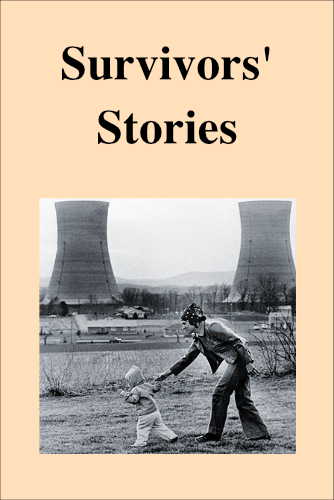
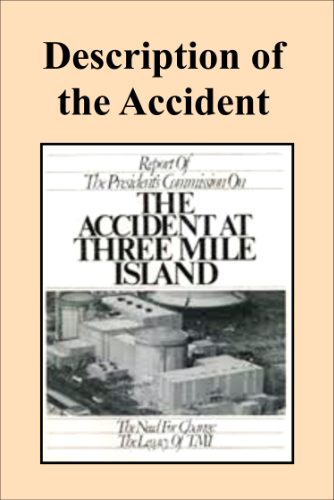


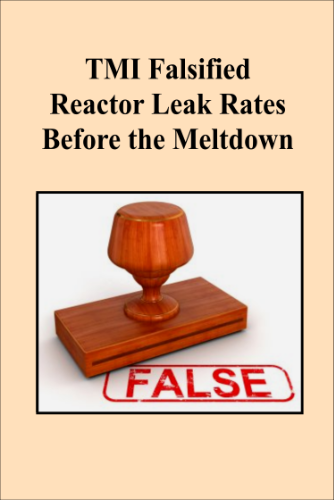




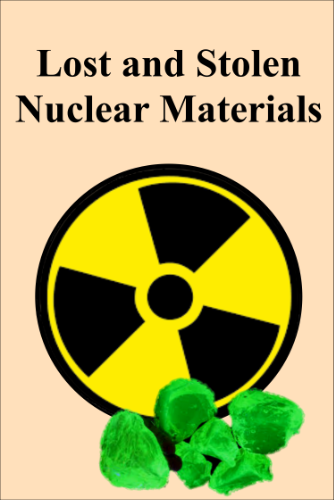
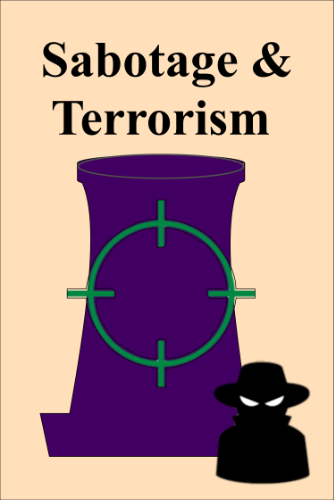




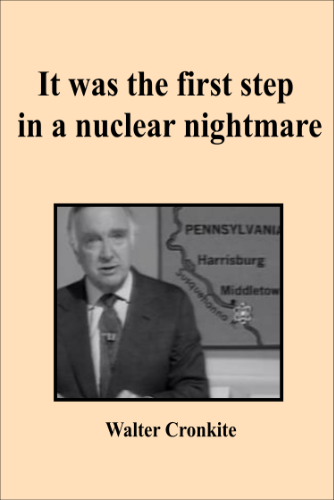







/cloudfront-us-east-1.images.arcpublishing.com/pmn/6OCSPZ7UJVBHPIAMVHFOB5IMYM.jpg)
/cloudfront-us-east-1.images.arcpublishing.com/pmn/QQR5LN7AYJH2VPSTNJVYTYKDWI.jpg)
/cloudfront-us-east-1.images.arcpublishing.com/pmn/3HFLJFRNCQBI2OOIERYSRQVOEU.jpg)
/cloudfront-us-east-1.images.arcpublishing.com/pmn/UF5QEFHNWBGDVAYBLJLDEMR77A.jpg)




